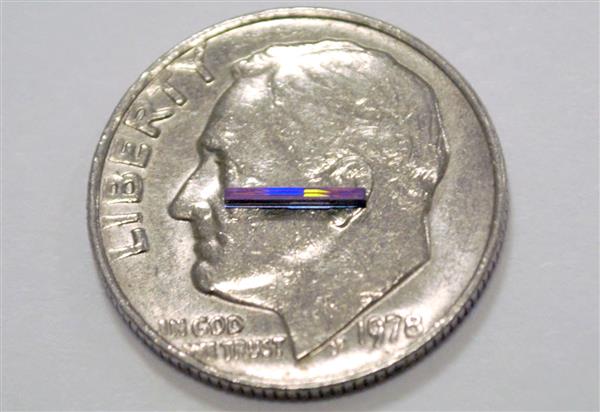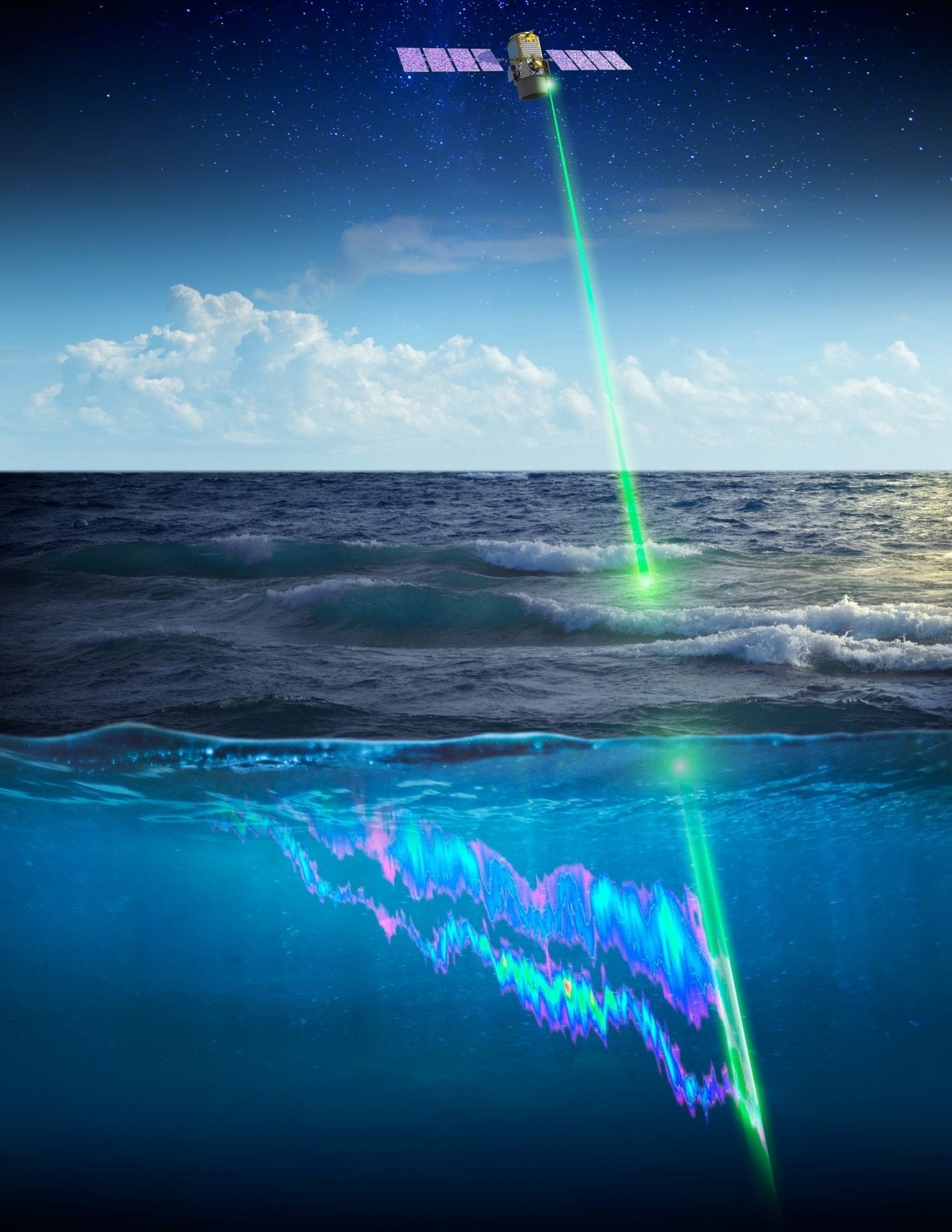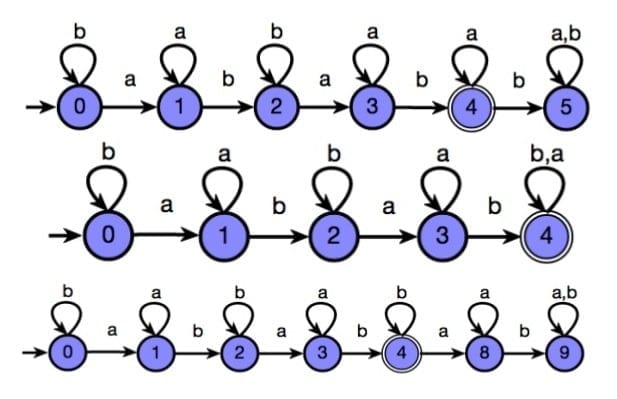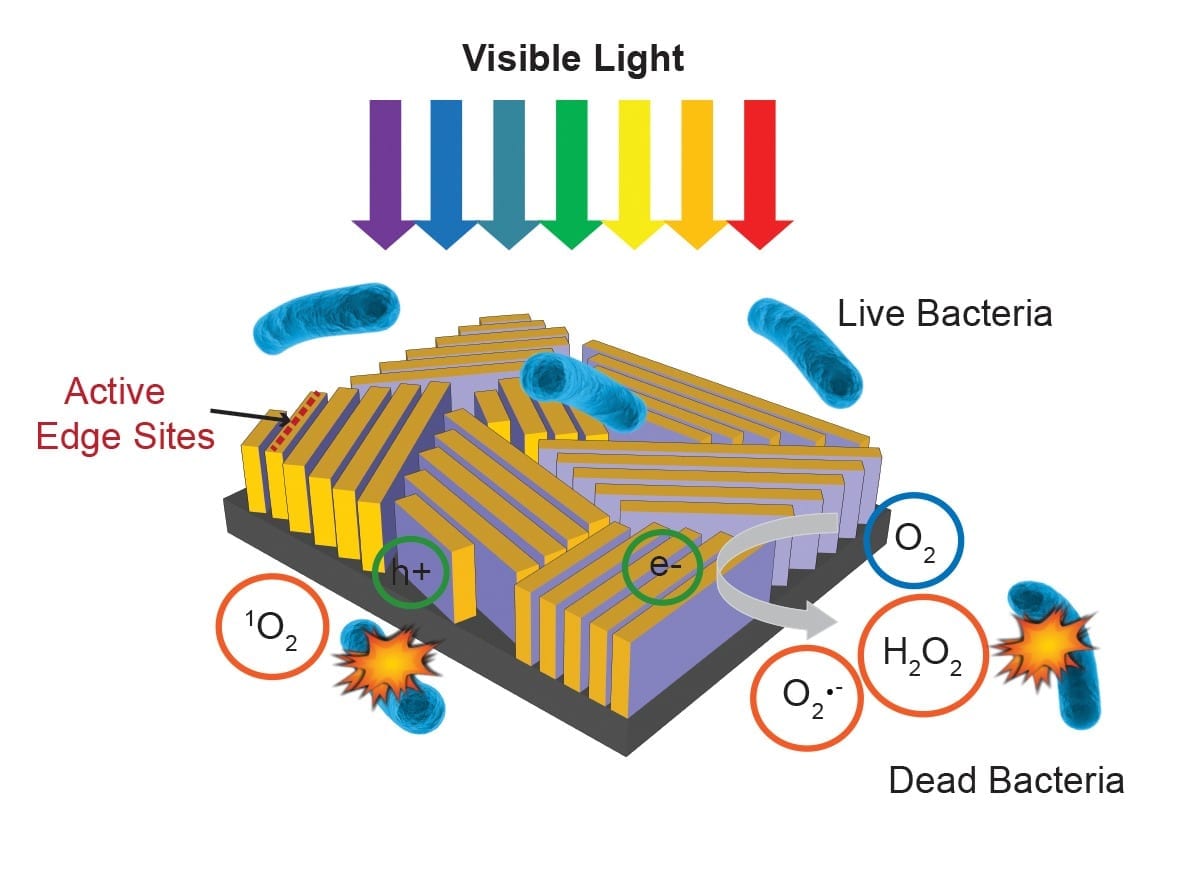
3D scanning takes many shapes and forms, but all take something from LiDAR (Light detection and ranging). This has been around since the invention of the laser itself, and uses light beams to find out exactly where pixels are in 3D space by measuring the returning signal. While widely used in robotics and even geographic mapping, it’s quite a cumbersome and expensive technology that doesn’t always produce results of an adequate quality. But the entire world of LiDAR and 3D scanning is about to be turned upside down, as MIT researchers are producing the LiDAR chips on 300-millimeter wafers, and which could can cost as little $10 to make. Most importantly, the non-mechanical beam steering in this device is 1,000 times faster than what is currently achieved in mechanical lidar systems.
This remarkable breakthrough technology has been revealed in an ieee article by PhD student Christopher V. Poulton, and his supervisor Professor Michael R. Watts, who are working with DARPA (The Defense Advanced Research Projects Agency) on photonic innovations. And as they argue, their new LiDAR chip will act as a disruptive force in the 3D scanning market and could be used in anything from robotics to autonomous vehicles, low-cost scanners and wearable sensors. Those fields are all regularly referred to as ‘the next big thing’, so this innovation could have a huge impact.
And as the MIT researchers reveal, their LiDAR innovation tackles the major limitations of existing systems. For most LiDAR systems (including those on autonomous cars) use discrete free-space optical components like lasers, lenses, and external receivers. In those setups, the laser is spun around while oscillating – limiting both the size and complexity of the scan and making it unsuitable for harsh environments. What’s more, they are expensive, costing anywhere from $1,000 to $70,000.
These new MIT LiDAR chips stand in stark contrast to those systems, as these chips could potentially be produced for $10 a piece (at production volumes of millions per year). “These on-chip devices promise to be orders of magnitude smaller, lighter, and cheaper than LiDAR systems available on the market today. They also have the potential to be much more robust because of the lack of moving parts,” they say. Most importantly, they are 1,000 times faster than current LiDAR systems and can allow an even faster scanning rate – very useful for tracking high speed objects from an autonomous vehicle, for instance.
Learn more: MIT researchers redefine 3D scanning with $10 LiDAR sensors that are 1000 times faster than existing systems
The Latest on: LiDAR
[google_news title=”” keyword=”LiDAR” num_posts=”10″ blurb_length=”0″ show_thumb=”left”]
via Google News
The Latest on: LiDAR
- Elon Musk, Lidar Hater, Is Probably Going to Use Lidar in Teslason May 8, 2024 at 7:30 pm
The Tesla CEO has been a detractor of lidar sensors for self-driving vehicles for some time now. He’s gone so far as to say other automakers are going to “dump lidar Mark my words.” Well, folks, as it turns out, Tesla may indeed be using lidar ...
- Elon Musk’s Robot Demo Reveals Tesla’s ‘Autonomous’ Bot Controlled by Humanon May 8, 2024 at 10:02 am
Elon Musk, the visionary behind Tesla and SpaceX, is no stranger to headlines. However, his recent robotics demo featuring Optimus, Tesla’s much-anticipated humanoid robot, didn’t quite deliver the awe it promised.
- IDTechEx Report: Illuminating the Future of Lidar in Automotiveon May 8, 2024 at 8:34 am
In the rapidly evolving landscape of Advanced Driver-Assistance Systems (ADAS) and autonomous driving, sensor technologies have emerged as a pivotal force driving innovations in the automotive industry.
- Tesla quietly spent $2 million on a technology Elon Musk previously trashed as a 'fool's errand'on May 8, 2024 at 8:25 am
Tesla was the biggest customer for lidar manufacturer Luminar last quarter, according to its earnings report.
- Quanergy ushers in new era of 3D LiDAR solutions to achieve projected 300% YoY growthon May 8, 2024 at 6:22 am
Quanergy Solutions, Inc., continues to gain momentum since reformulating its business operations to focus exclusively on physical security and business intelligence
via Bing News










